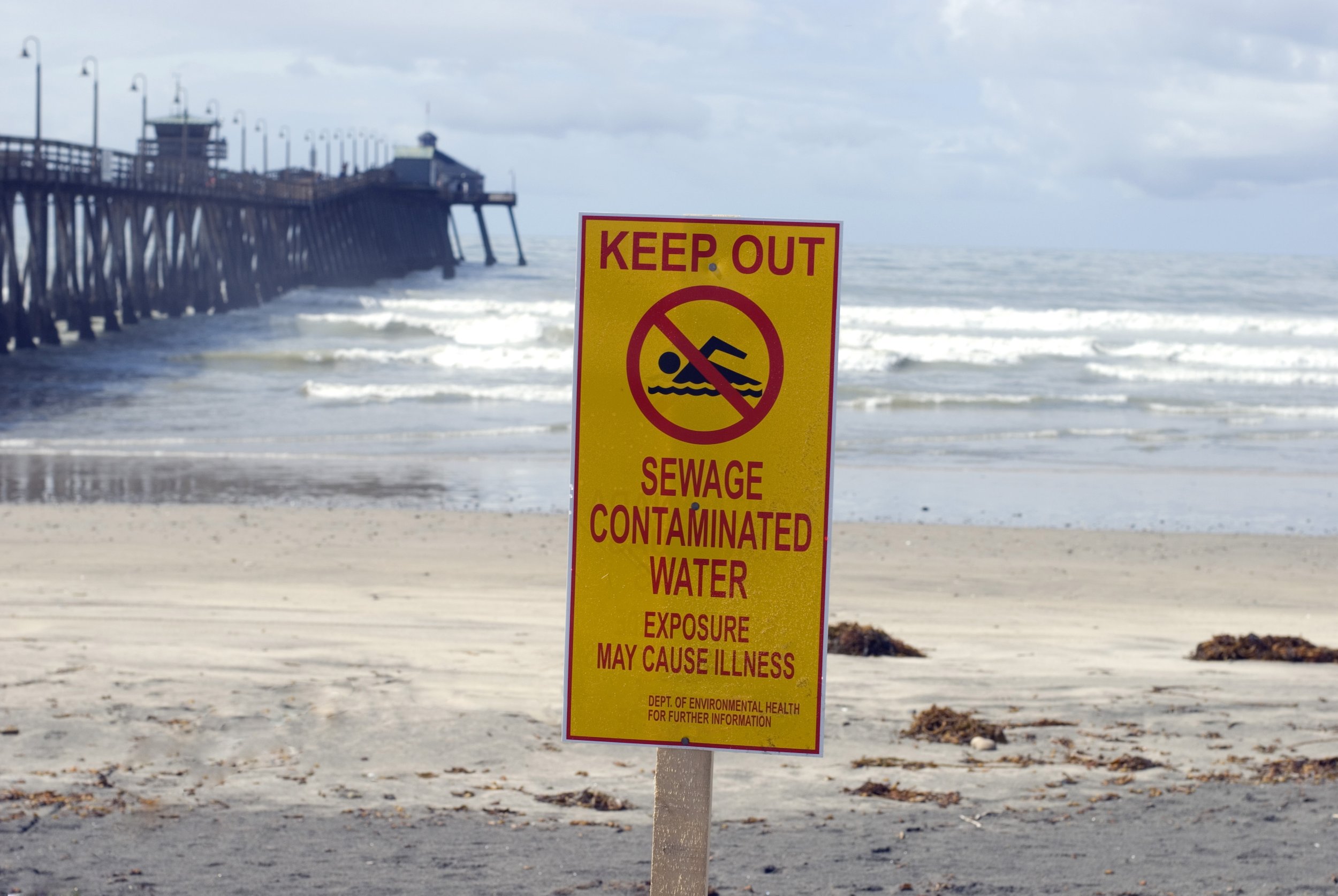Immediate reductions in sewage spills are a while off, despite the Government’s plans
Over the summer, there was a lot of noise about the way that sewage has been spilled into rivers and the sea. There was public outcry and local businesses were affected. Boat clubs had to cancel sessions and websites like Surfers Against Sewage were used more and more when people want to check the safety of water where they wish to swim.
But is this concern justified? We looked at the trends in storm overflow spills (which occur when storm overflow tanks reach capacity and so must release some of their wastewater into local water bodies). In the past six years, storm overflow spills have been increasing, both in absolute terms but also per mm of rainfall.
Figure 1 - Number of monitored spill events - per mm of rainfall and total spill events
Source: EDM Annual Returns
In part, this is likely to reflect the way that wastewater treatment rules had to be relaxed due to chemical shortages following our departure from the European Union. However, the underlying problem is that there is insufficient capacity in the sewerage system to cope with excess volume of water entering the system.
1. The infrastructure is vulnerable by design to heavy rainfall
Our sewerage system utilises combined sewers – bringing clean rainwater together with sewage, before cleaning. This causes a capacity issue at higher levels of rainfall than storm overflows are intended to be used for. As a result, more spill events are happening around the country. The use of combined sewer systems is a multi-billion-pound problem to fix but will be needed to resolve the situation.
2. The situation is only likely to worsen with further climate change
Climate change is resulting in periods of increased rainfall which creates even more pressure on the system. In future years we are likely to see more and more intense short-period rainfall in the UK – something that often results in storm overflows spilling. And, with a growing population, we also face the challenge of ‘Urban Creep’.
There has also been a lack of monitoring which has undermined understanding of the challenge, and potentially allowed some water companies to avoid enforcement action when they fall short of expected performance levels.
3. While the recent government plan may help in the long run, change needs to happen now, despite coming at a cost
The Storm Overflows Discharge Reduction Plan was recently presented to Parliament. The plan outlines what government expects of the water companies and regulators and sets out how these expectations will be underpinned by new regulations and legislation. It also sets out specified targets to be achieved by 2050.
However, will this be enough? The government wants water companies to invest £56bn over 25 years. The plan encourages water companies the invest and urges regulators to enable this. There is also an expectation that companies will construct extra storage and begin the separation of the combined sewer network. With this, "near real time" information on the operation of storm overflows is also being legislated.
Whilst the Plan is a positive step forward, improvements to infrastructure that make a notable difference are likely to be a while off. There is no easy fix to immediately improve the situation. In addition, with climate change being a key contributor to the problem, there is a risk that the Plan will not go far enough. Assuming customers are willing to pay for it, more needs to be done now to avoid another summer of beach closures. The immediate solution is likely to involve collaboration between water companies and the local communities they serve, to help prioritise remedial actions.


